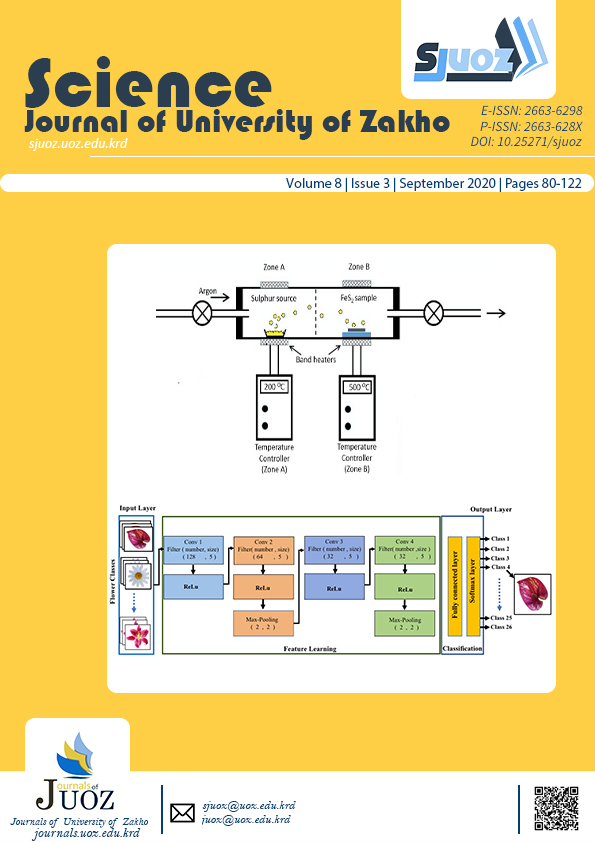Identification of A Liverwort Fossil on Pottery from A Church Excavation in Northern Sudan: Evidence for Moist Paleoenvironment
Abstract
This paper aims to document the first record of coalified compression fossil of a liverwort on pottery from a church excavation in the desert, northern Sudan. The outline or surface feature of the fossil is clearly observed. Morphological distortion is minimal while the internal anatomy is not preserved. The shapes of the archaeological specimens are closely similar to the morphology of a Riccia sp collected from the Red Sea state and the Blue Nile bank in Khartoum state. Energy-Dispersive X-ray fluorescence (EDXRF), Scanning Electron Microscopy with Energy (SEM/EDS), and Gas Chromatography and Mass Spectroscopy (GC-Mass) analytical techniques were used to determine the chemical composition of the fossil materials. Higher concentrations were reported for Carbon and Oxygen indicating the organic nature of the materials and also excluded the presence of manganese dentrites which perfectly imitate liverwort fossils. Also n-hexadecanoic acid, dodecanoic acid, tetradecanoic acid, hexadecanoic acid, methyl ester, cis-9-hexadecenoic acid, 9, 12-octadecadienoic acid (z,z)-, methyl ester,tert-butyldimethylsilyl decanoic acid were recorded for the fossil materials. This study also provides additions to the chemical profile for the fresh material from the same genus which provides important data or monitors for the assessment of the chemical or thermal alteration in the corresponding coalified compression fossil.
Full text article
Authors
Copyright (c) 2020 Ikram M. Ahmed, Yahia F. Tahir, Ibrahim I. Tomsah, Ibrahim E. Ali

This work is licensed under a Creative Commons Attribution 4.0 International License.
Authors who publish with this journal agree to the following terms:
- Authors retain copyright and grant the journal right of first publication with the work simultaneously licensed under a Creative Commons Attribution License [CC BY-NC-SA 4.0] that allows others to share the work with an acknowledgment of the work's authorship and initial publication in this journal.
- Authors are able to enter into separate, additional contractual arrangements for the non-exclusive distribution of the journal's published version of the work, with an acknowledgment of its initial publication in this journal.
- Authors are permitted and encouraged to post their work online.
